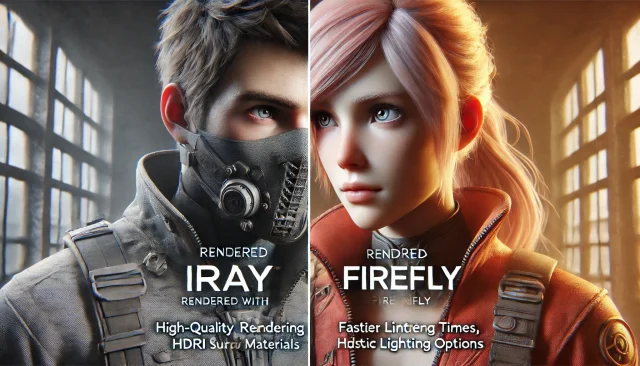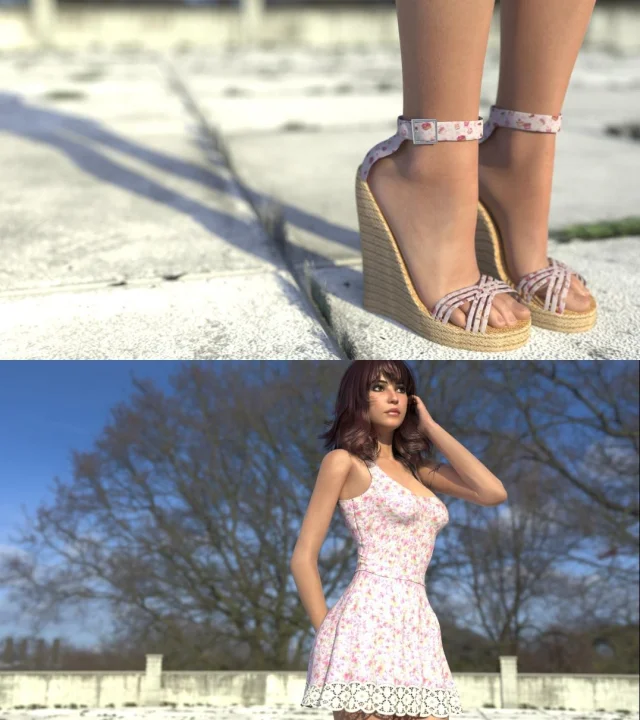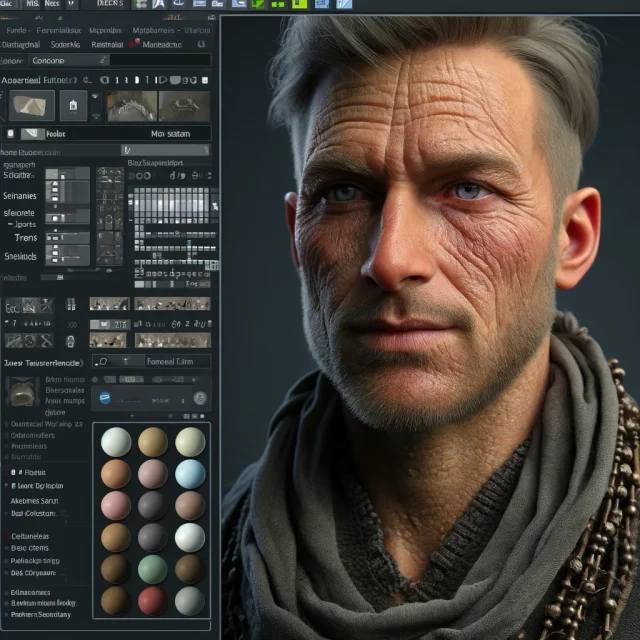Visualization of hairstyles in Blender

This article provides information about hairstyles. Hair is a very diverse element of appearance and there are countless options for its design.
First – loading hair simulation
Hair cannot be added to an empty space, so choose any convenient object (a ball, for example).
Next, select the object by clicking on it with the mouse and go to the “Particle Properties” tab and click “+”. A field with different settings for hair will appear on the desktop.
Automatically, the Particle System will be designated as "Emitter". Change this designation to “Hair Type”. This feature is available in the topmost setting. A bunch of needles forms on the object. Yes, it looks strange, but there are still a lot of adjustments ahead. What will help us:
1. Enable material shading (or render shading)
2. Add 3-point light sources for a better overview of all future transformations
Hairstyle settings in Blender
The developers offer a wide range of settings, some simple, some complex. Let's take a closer look at the most useful ones for beginners.
"Emissions"
The number of ejections indicated is the number of hair strands that will "come out" from your object.
Seed
Setting to adjust the distribution of hair strands.
Length
No details needed.
Segments
More segments allow the hair to look more detailed. They take on a smooth, well-groomed appearance.
Source
Here we select the source from which the hair “grows” (edges, peaks, volume, face). For hairstyles, it is better to use the source Face. But, again, it all depends on the type of hairstyle.
Distribution
Strand emission distribution method.
Jittered – distribution of strands as evenly as possible
Random – chaotic distribution of strands (with bald gaps)
Rendering settings
Rendering settings are also varied. Many of them are clear and simple by the name of the function. Here they are:
- Path (hair display method)
- Hair material
- Number of strands and their shape
- Children. Based on the name, nothing is clear, so we’ll tell you - this is a function of adding children to each strand of hair.
The “Children” section includes the Simple Children subsection – here are options for visualizing children’s hairstyles and their variations.
For example, the Split setting, which places child elements closer to the starting strand. The following parameters are available for customization: parting, tangled hair (tangles), roughness, curls, strands and spirals.
Editing hair in Blender
Blender offers hundreds of hair styling features. Initially, the hair is distributed evenly over the object and directed outward. But if non-standard styling is needed, the particle editing mode is used.
On the left side of the working window are the brush editing parameters, at the top are the brush settings, and the brush itself is depicted with a white circle around the mouse pointer.
The comb-brush is installed by the program by default. This is a basic hair-styling brush. Just press and hold the left mouse button and hover over the hair.
To see the whole editing picture, you need to enable the “Children” option in the settings of the active tool and workspace on the right.
Comb-brush
Next comes a smooth brush. It is designed to smooth out unevenness.
Smooth brush
Adds new smooth strands to the place where the cursor is.
Length brush
changes hair length. The Shift key will help you shorten to the desired length.
Puff Brush.
allows you to give your hair fullness. The [Shift] key will help the reverse process - it will bring the hair together.
Cut Brush.
You can use it to trim strands of hair.
Take it one step at a time and you can do anything. I hope you enjoyed the article. Now you can easily style your character's hairstyle. The main thing is that the basics of work are described in this article. We will study the creation of objects and characters, sculpting and much more. As you can see, Blender, Eevee, Poser are available for study. Use our resources for free and without registration.
Ctrl
Enter
Noticed a misTake
Highlight text and press Ctrl+EnterRelated news:

Creating and Adjusting Lighting for Atmospheric 3D Scenes in DAZ Studio and Poser

Integration of DAZ Studio and Poser with Other 3D Packages: Discussion of Import and Export Processes and Techniques

Using Iray and Firefly for Rendering in DAZ Studio and Poser

Which is better: Daz Studio or Blender?

How to use HDR in Poser 12?

Advanced Texturing Techniques in DAZ Studio and Poser
Comments (0)
